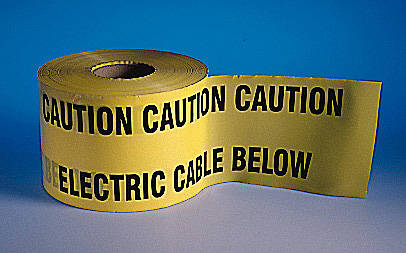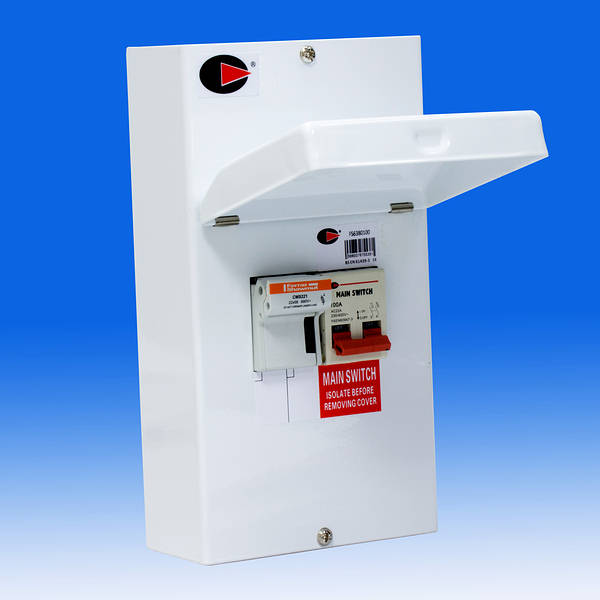Maybe he's running 25mm!
Any cable buried needs electrical tape or cable covers unless in a duct or conduit. 522.8.10 Except where installed in a conduit or duct which provides equivalent protection against mechanical damage, a cable buried in the ground needs an earthed metal armour or metal sheath (or both). Any cable needs to be buried at a sufficient depth to avoid being damaged by any reasonable foreseeable disturbance of the ground. So number 4 for me from BS3036s question, though in this instance 500mm sounds a reasonable depth.
I guess it depends if there's a chance anyone would want to extend the house, run a soil pipe of any other service near the front.
https://www.tlc-direct.co.uk/Products/FMPT103.html

Any cable buried needs electrical tape or cable covers unless in a duct or conduit. 522.8.10 Except where installed in a conduit or duct which provides equivalent protection against mechanical damage, a cable buried in the ground needs an earthed metal armour or metal sheath (or both). Any cable needs to be buried at a sufficient depth to avoid being damaged by any reasonable foreseeable disturbance of the ground. So number 4 for me from BS3036s question, though in this instance 500mm sounds a reasonable depth.
I guess it depends if there's a chance anyone would want to extend the house, run a soil pipe of any other service near the front.
He's incorrect.He says that as it's armoured he need only hide the cable just under the gravel, with no warning tape on top of it.
https://www.tlc-direct.co.uk/Products/FMPT103.html

Last edited:



